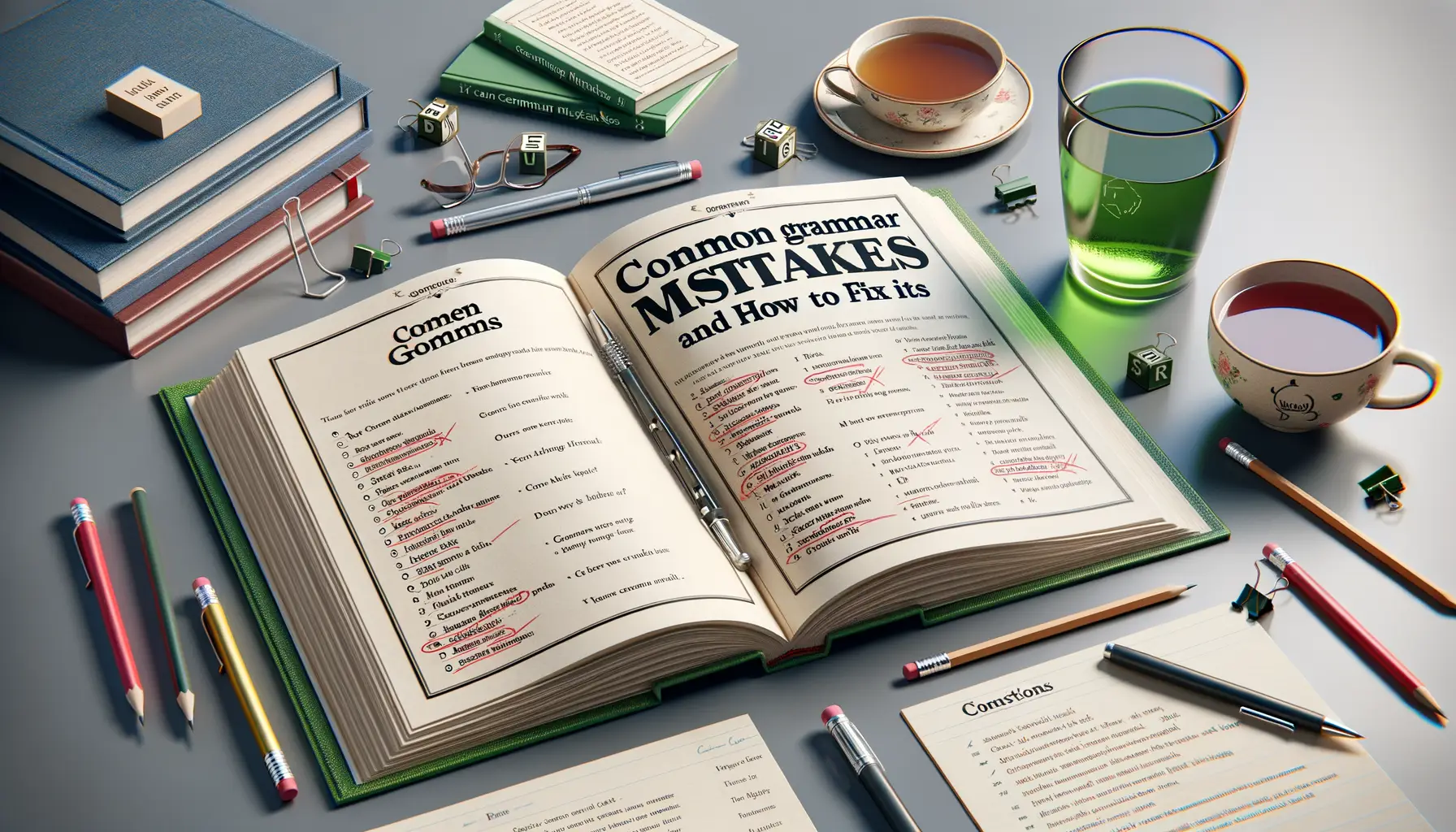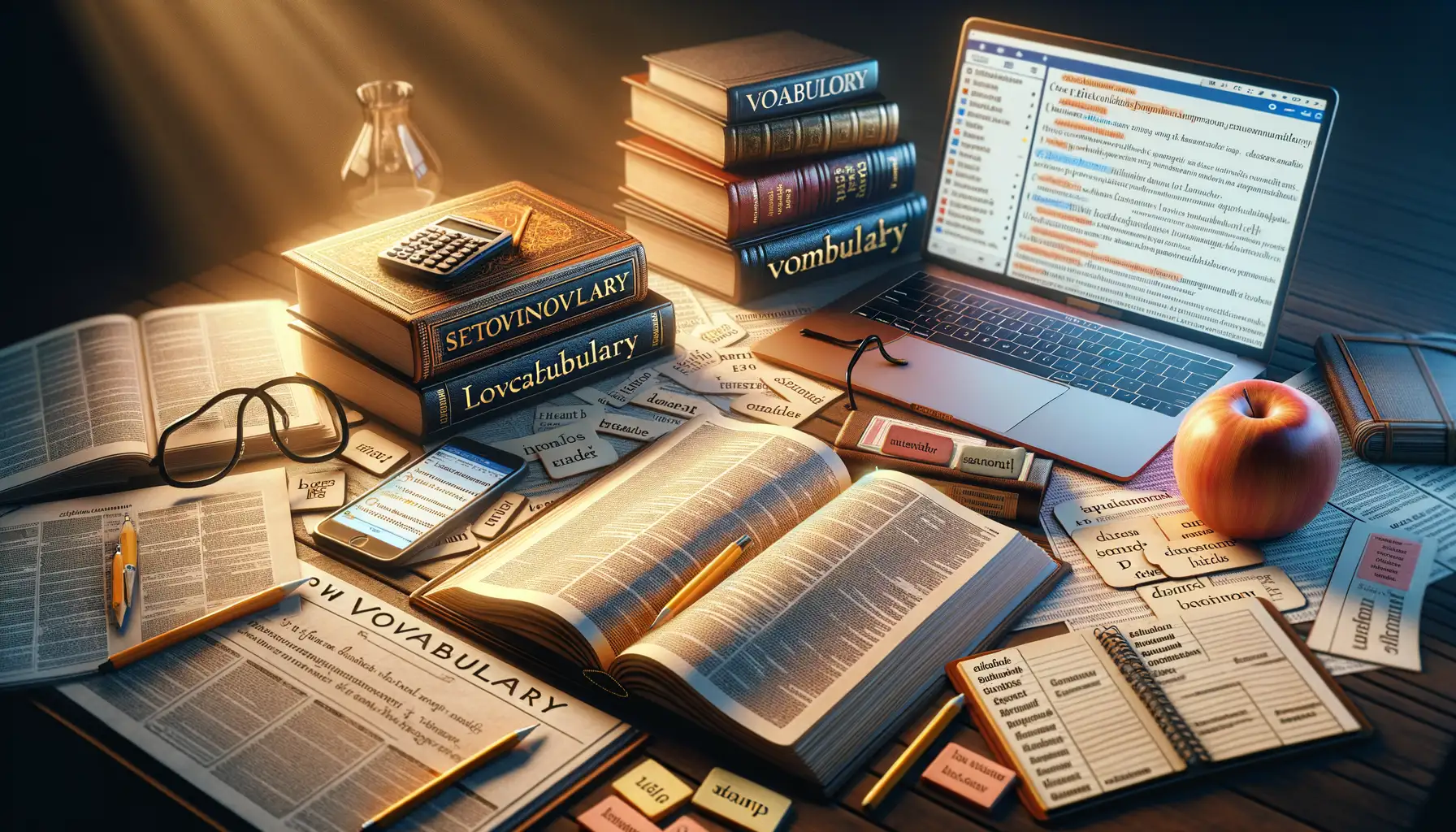Key Grammar Rules Everyone Should Know
Mastering the Basics: The Glue That Holds Sentences Together
Let’s face it: grammar can feel like a maze, but knowing a few key rules is like having a trusty map in hand. First up, subject-verb agreement—it’s the backbone of clear communication. If your subject is singular, your verb better be too! For example, “The cat *purrs*” (not “*purr*!”). Tiny error, huge difference.
Next, commas—they’re the spice of sentences, but too much or too little can ruin the flavor. Use them to separate items in a list (“apples, oranges, and bananas”) or to set off introductory clauses (“After the rain stopped, we went outside.”). But don’t toss commas around carelessly. They have work to do!
And the apostrophe? Oh, what drama it causes! Use it to show possession (“Sarah’s book”) or contractions (“It’s sunny today”), but never for plurals. Trust me, writing “banana’s” instead of “bananas” is a surefire way to confuse your readers.
- Tip: Practice using these rules by crafting simple sentences—they’ll become muscle memory faster than you think!
- Caution: Watch out for common confusions, like “your” vs. “you’re” or “their” vs. “there.”
Common Grammar Mistakes and How to Fix Them

Mixing Up “Their,” “There,” and “They’re”
Oh, the classic trio of confusion! Their is possessive, like “their house,” showing ownership. There points to a place—”over there, by the tree.” And then there’s they’re, a contraction for “they are” (read it out loud—it works every time!).
Here’s how to stop mixing them up:
- Think about context. Are you talking about ownership, a location, or describing something? Pause and ask yourself the question.
- Test the sentence with “they are” if you’re unsure—if it doesn’t make sense, it’s not they’re. Easy peasy!
The Perils of Apostrophe Placement
A tiny mark, a world of difference. The apostrophe is either your best friend or worst enemy—there’s no in-between. Consider this: “Its tail is fluffy” versus “It’s a sunny day.” No apostrophe in its when showing possession, but always use one in “it’s” for “it is.”
Picture this: Apostrophes are little bridges. They connect missing letters (like in contractions) or show possession. Forgetting one means you’re leaving the bridge half-built. And no one wants to tumble into the grammar abyss!
Tips for Avoiding Grammar Mistakes

Spotting Trouble Before It Strikes
Let’s face it—grammar mistakes can sneak into your writing like uninvited guests at a party. But here’s the good news: you can stop them at the door! The key? Slow down and cultivate a bit of vigilance. For example, always watch out for those troublesome homophones like “your” vs. “you’re” or “its” vs. “it’s”. These tiny words carry enough power to make or break a sentence.
One practical tip: read your sentences aloud. It’s amazing how errors will pop out when your ears have a say in the process. And don’t just skim—read as if you’re delivering Shakespeare in front of an audience!
Your Grammar First-Aid Kit
Equip yourself with these essentials:
- Tools like Grammarly or Hemingway: These apps work like personal detectives, helping you catch misplaced commas or awkward phrasing.
- The good ol’ dictionary: Never underestimate this classic resource for spelling and clarity.
- A second pair of eyes: Let a friend review your work. Fresh perspectives are lifesavers!
Remember, grammar is less about perfection and more about making your message shine. Stay curious, stay sharp!
The Role of Context in Grammar Usage

Why Context Shapes the Rules
Have you ever felt that tug of confusion when grammar rules seem to contradict themselves? That’s because English, like life, doesn’t always play by rigid rules—it dances to the tune of context. The way you express an idea can shift dramatically based on your audience, tone, or even what came before it in the conversation.
For instance, let’s talk about sentence fragments. Technically, they’re a no-go in formal writing. Yet in creative writing—or even here—they bring personality, punch, and rhythm. “Not bad.” See what I did there? Context softens the edges of rigid rules. What looks wrong in one place can sparkle in another.
The Subtle Power of Word Choice
Ever notice how the same sentence can feel wildly different just by changing one word? Let me illustrate:
- “She yelled at him in the hallway.” (Ouch—awkward and intense.)
- “She whispered to him in the hallway.” (Suddenly, it feels secretive and intimate.)
It’s not just about vocabulary; it’s about matching words to their environment. A formal email demands polished grammar, while texting your best friend? Toss those commas aside; nobody’s judging. Context is your compass, helping you navigate the choppy waters of grammar without sounding like a robot.
Resources for Improving Your Grammar Skills

Handy Grammar Tools to Simplify Your Life
Improving your grammar doesn’t have to feel like climbing a mountain—it can actually be fun (yes, really!). For starters, there are amazing apps out there that act like your personal grammar coach. Ever tried Grammarly? Think of it as a grammar nerd in your pocket. It catches everything from awkward sentence structures to sneaky typos you didn’t even know were there. For on-the-go corrections, tools like ProWritingAid go deeper, offering insights into your style and structure.
And hey, let’s not forget about trusty old grammar books! A fan favorite? The legendary “Eats, Shoots & Leaves” by Lynne Truss—it makes punctuation surprisingly entertaining. Heading back to the classics, there’s Strunk & White’s “The Elements of Style”, which is like grandma’s baking tips for writing: timeless, reliable, and always so necessary.
- Sign up for free online courses like EdX’s English Grammar Program
- Download podcasts such as Grammar Girl: Quick and Dirty Tips
- Bookmark grammar-focused blogs (hello, Daily Writing Tips)
Community & Practice Make Perfect
Want to turn learning into a social experience? Jump on platforms like Reddit’s r/grammar or writing forums where fellow word enthusiasts dissect grammar puzzles daily. Or join a community group—public libraries often host workshops where you can share your work and get feedback without judgment.
And don’t underestimate daily practice. Write short stories, journaling your thoughts, or even improving emails you might otherwise dash off carelessly. Bit by bit, these habits stack up—and suddenly, grammar becomes second nature. Magic, right?





